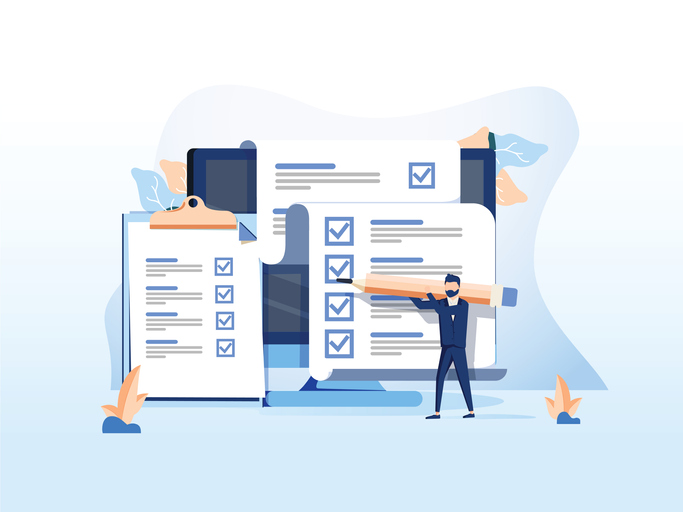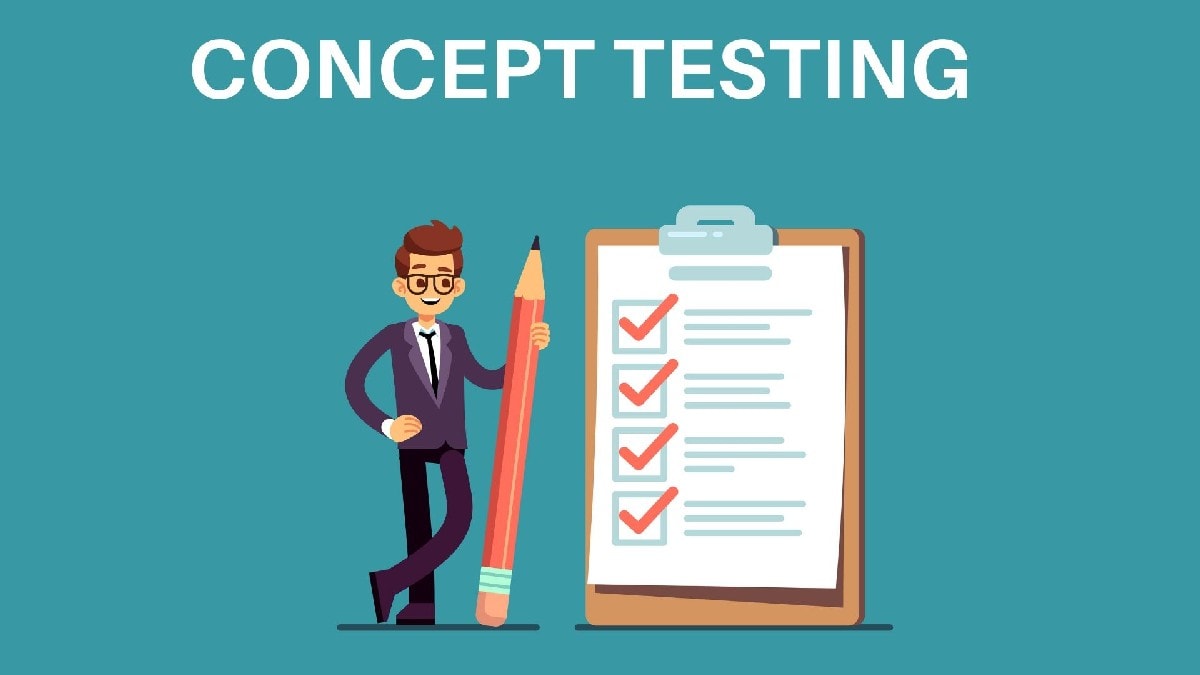In the fast-paced world of product development, ensuring the success of a new product or service is crucial for businesses. One effective way to enhance the odds of success is through concept testing surveys. By gathering valuable feedback from the target audience early in the development process, businesses can gain insights that lead to informed decision-making and innovative solutions. In this article, we will explore the concept of concept testing survey, their importance, and how they can significantly contribute to a product’s triumph.
What is a Concept Testing Survey?

A concept testing survey is a research method that evaluates the viability and appeal of a new product or service idea before it is fully developed and launched to the public. It involves presenting a concept, prototype, or idea to a selected sample of the target market and gathering their opinions and preferences. The insights obtained help businesses refine their concepts, identify potential issues, and make data-driven decisions to enhance market success.
The Importance of Concept Testing Surveys
1. Reducing Risk and Uncertainty
Introducing a new product without proper validation can be risky. Concept testing surveys mitigate this risk by providing valuable feedback before investing substantial resources into development and marketing. By identifying potential pitfalls early on, businesses can make adjustments to increase the product’s chances of success.
2. Identifying Target Audience Preferences
Understanding what the target audience truly wants is essential for product success. Concept testing surveys help identify customer preferences, pain points, and expectations, enabling businesses to tailor their offerings to match customers’ needs accurately.
3. Refining Product Features
Through concept testing, businesses can gauge how well the proposed features and functionalities resonate with the target audience. This feedback enables them to fine-tune the product, maximizing its appeal and usability.
How to Conduct a Concept Testing Survey
1. Defining the Research Objectives
Before designing the survey, it is essential to establish clear research objectives. Determine the specific information you want to gather and the decisions the survey results will influence.
2. Designing the Survey
Crafting a well-structured survey is crucial to gather meaningful data. Use a mix of open-ended and closed-ended questions to gather both qualitative and quantitative insights.
3. Selecting the Sample Group
Carefully select the sample group that represents your target market. The sample size should be statistically significant to ensure reliable results.
4. Data Collection
Collect data through various channels such as online surveys, in-person interviews, or phone calls. Utilize a diverse range of platforms to reach a broader audience.
5. Analyzing the Results
Thoroughly analyze the survey data to extract meaningful patterns and trends. This analysis will form the basis for decision-making in the product development process.
Dos and Don’ts of Concept Testing Surveys
1. Dos
- Do keep the survey concise and easy to understand.
- Do ensure the questions are unbiased and do not lead to specific answers.
- Do use visual aids like images or product prototypes to enhance understanding.
2. Don’ts
- Don’t overload the survey with too many questions.
- Don’t limit the feedback options, allow respondents to express their opinions freely.
- Don’t ignore negative feedback; it can highlight critical areas for improvement.
Exploring Different Types of Concept Testing Surveys
1. Monadic Testing
Monadic testing involves presenting the respondents with a single concept to evaluate independently. This type of testing is suitable for early-stage concepts and provides focused feedback.
2. Sequential Monadic Testing
In sequential monadic testing, respondents evaluate multiple concepts one after the other. This approach helps in comparing different concepts and understanding their relative appeal.
3. Comparative Testing
Comparative testing involves presenting respondents with multiple concepts simultaneously and asking them to rank or choose their favorite. This method aids in understanding which concept stands out among the rest.
4. Prototype Testing
Prototype testing involves presenting a working model of the product to gather user feedback on its functionalities and user experience.
The Benefits of Early Concept Testing

Early concept testing yields numerous benefits. It allows businesses to:
- Save time and resources by avoiding investing in unviable ideas.
- Identify potential market demand and make adjustments accordingly.
- Make informed decisions based on real customer insights.
- Reduce the likelihood of costly product failures.
Overcoming Challenges in Concept Testing Surveys
Concept testing surveys come with challenges, such as:
- Limited feedback due to the small sample size.
- Potential bias in responses.
- Difficulty in capturing emotional responses.
Overcoming these challenges involves carefully designing the survey and interpreting the data thoughtfully.
Integrating Concept Testing with the Product Development Process
To maximize the impact of concept testing, integrate it seamlessly into the product development process. Continuously iterate based on feedback to create a product that resonates with the target audience.
Leveraging Feedback for Iterative Improvement
Use the feedback obtained from concept testing surveys to iterate and improve the product at various stages of development. Embrace an agile approach to ensure the final product aligns with customer expectations.
Concept Testing in the Digital Age: Online Surveys
In the digital era, online surveys have become a popular method for concept testing. Online surveys offer convenience, speed, and the ability to reach a broader audience, making them a valuable tool for product research.
Ethical Considerations
Respect the privacy and data of the respondents. Ensure their consent is obtained before conducting surveys. Maintain transparency in how the collected data will be used.
Understanding Perplexity and Burstiness in Survey Analysis
Perplexity and burstiness are essential concepts in survey analysis. Perplexity measures the uncertainty of predicting responses, while burstiness refers to sudden variations in response patterns.
Conclusion
In conclusion, concept testing surveys serve as the compass that guides businesses toward successful product development. By harnessing the power of customer feedback and making data-driven decisions, companies can create products that cater to their target audience’s needs and desires.
If you’re ready to take your product development to the next level and want to see how AIM Technologies can assist you in conducting effective concept testing surveys, don’t hesitate to request a demo today!
FAQs
What is the ideal sample size for a concept testing survey?
- The ideal sample size should be statistically significant, typically determined by a professional statistician based on the target population and desired level of confidence.
Can concept testing surveys be conducted for existing products?
- Yes, concept testing surveys can be used to gather feedback on potential improvements or new features for existing products.
How often should concept testing be conducted during product development?
- Concept testing should be conducted at key stages of product development, such as the ideation phase, prototype phase, and before the final launch.
What if the concept testing survey results are inconclusive?
- If the results are inconclusive, it may be necessary to revise the survey or gather additional feedback from a more diverse sample group.
Are there alternatives to concept testing surveys?
- While concept testing surveys are highly effective, businesses can also explore focus groups, user interviews, and A/B testing as alternative methods to gather feedback.




